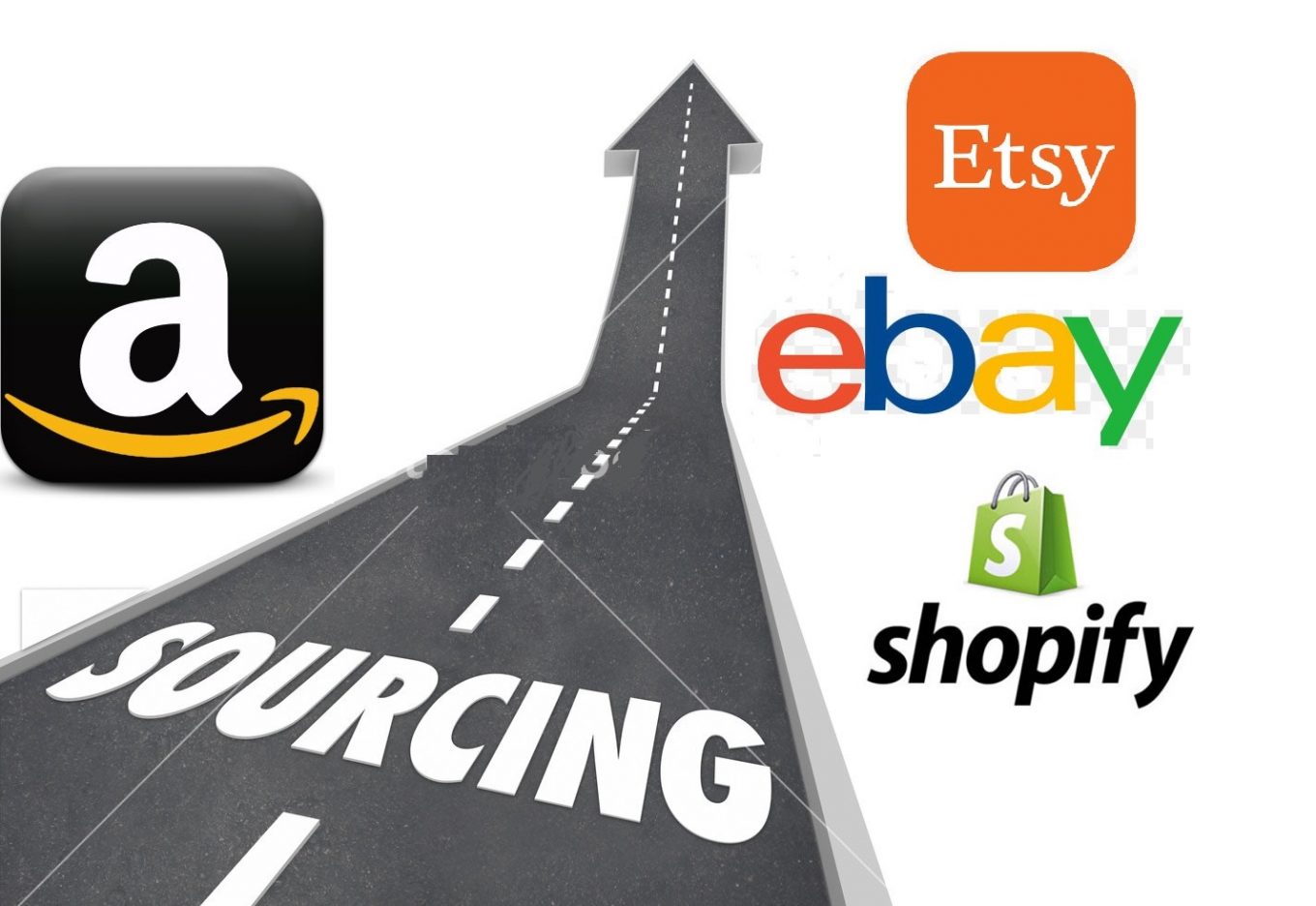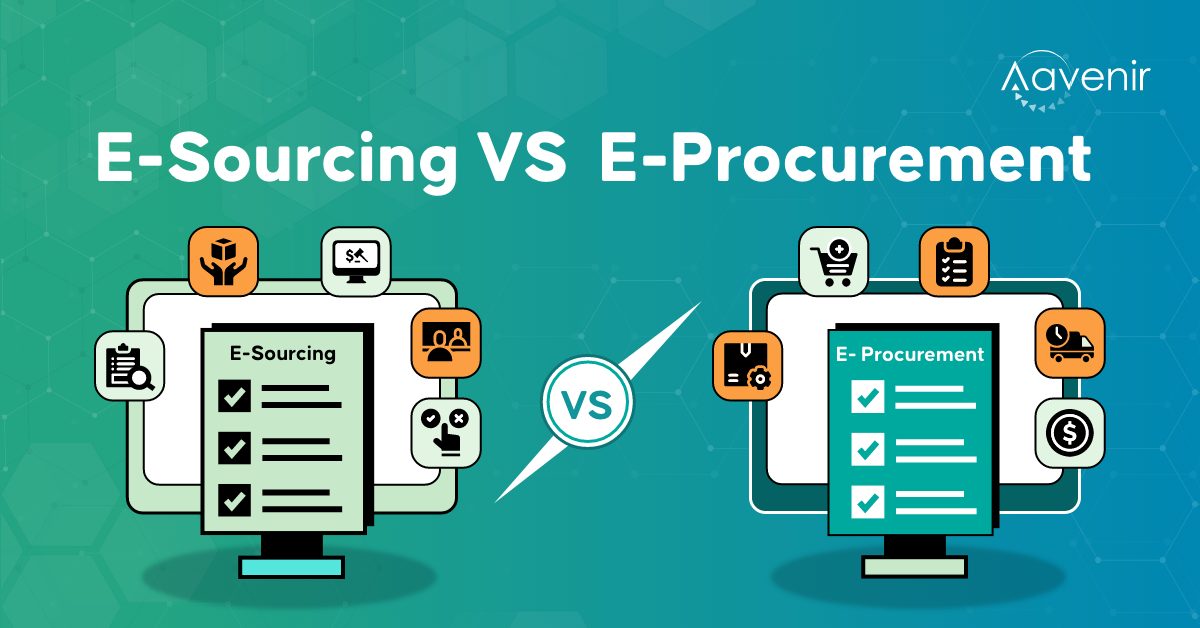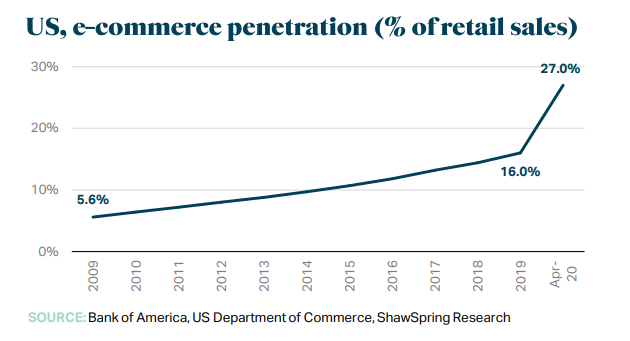The smooth functioning of product sourcing and procurement defines the efficiency of supply chain management on every level. Companies have always used different modes of freight to transfer the supplies from point A to B. However, in the past, or as the millennial would call it, “the non-digital era,” it would take forever for the process. From the placement of the order to the organization, payment and legal documentation of purchasing the good for any B2B company or multinational company would take time. As they say, the process will just get lost in the papers.
Now that we are living in a fast-paced and technologically innovative era, e-commerce is ruling the world. From local and cross-border trade to online sourcing and procurement of goods, e-commerce is a platform where the skills and talent amalgamate to maximize profitability and enhance the customer experience.
Even though sourcing and procurement are often used interchangeably, the two are not the same. Sourcing is a subset of procurement. E-commerce procurement is the entire process of placing, organizing, paying, and sourcing for the order online- it looks after the legality and documentation of the process. At the same time, e-commerce sourcing is the step that comes before purchasing the goods- whether online or physically. Sourcing focuses on negotiation and maintains favorable terms with the suppliers to enhance the procurement system along every aspect of the supply chain. Efficient sourcing navigates a streamlined and lucrative procurement process.
E-commerce has become the need for every business globally. Fail-proof strategies can gradually take you to the top of the place in the international marketplace. Therefore, it is crucial to understand the impact, dos, and don’ts of e-commerce sourcing and procurement.
Sourcing and Procurement for E-commerce; Things You Need to Learn
Digitalization was underway before the Covid-19 pandemic turned the world upside down. The lockdown and social distancing in the past 1.5 years accelerated e-commerce more than ever. However, while many companies were already thriving on the online platforms, many did not and still do not know how e-commerce works.
As simple as it sounds, e-commerce is not that easy. The whole system and the business model should align with the online paradigm to avoid monetary and customer losses.
E-commerce or electronic commerce is the trade of products and services aligned with the payment methods, data collection, and enhancing customer experience. These online business transactions, e-commerce trade, e-commerce sourcing, and procurement can occur in certain ways. Every aspect of a business-to-business (B2B), business-to-consumer (B2C), and consumer-to-business or consumer-to-consumer trade comes under the e-commerce supply chain umbrella. E-commerce has revolutionized the corporate world. The profitability in the retail sales has seen a drastic increase from 5% to 16% in the last decade, especially during the pandemic.
E sourcing and e-procurement can also strike as an alien concept to many local stores. However, once they familiarize themselves with the process, there is no going back. E-sourcing and procurement is the supplier exchange but through a web surface or other online platforms. Electronic technology centralizes and automates the entire process and communication between an organization, its customers, and the intermediary (third party logistics, freight forwarders, etc.). As a result, the e-commerce trade is way efficient, faster, and secure than physical trades- with a plethora of innovative features.
The next question that may pop up in your mind, especially an emerging entrepreneur, is how e-sourcing and procurement work.
The key components for e-procurement to generate lucrative revenues for the supply chain
E-sourcing and procurement strategically streamline the process of supplies manually. Instead of submerging into the lengthy paperwork and manually handling the exchange of contracts, documents, questionnaires, customer feedback, and finance operations, e-commerce automates the whole process. So put, everything from purchasing to selling to delivering; everything is just a click away!
The key components for the ultimate e-commerce solution to all your supply chain problems can become the ultimate guide to your business success. All you need is a fail-proof business model based on the following:
- Supplier Management: it involves the collection of the information, maintenance of the database, finance regulation, and relationships between the dealing parties. The buying company to keep track of the ongoing performance and initiate changes when needed administers the transparency and regulation of the supplier management. It involves two crucial elements of the Supplier information and Supplier Relationship Management (SIM and SRM) – refers to a buying organization administrating suppliers’ information, interactions, performance, and relationships.
- E-Procurement – involves the systematic process of purchasing the goods or services and getting them to the organization. From ordering the products, recruiting the suppliers, attaining the information to financing the supplies, e-procurement software assures a seamless procedure. Opting for online platforms can also cut down the cost of the supplies and make the process efficient, allow savings and time management, ensure transparency, and enhance user experience.
- E-Sourcing – this step involves identifying and purchasing the goods or services to ensure that the company gets what they need. It allows companies to perform auctions and bid on tenders through web interfaces and online platforms. The whole process is documented, just not on the piles of papers.
- Analytic platforms – supply chain has to manage at every level, from slight changes to major corrective measures; the analytic platforms help manage e-sourcing and procurement throughout the process. In addition, it gives the power to make informed decisions as per the database configurations.
Benefits of e-sourcing and e-procurement
Incorporating the key components in your business will allow you to pocket many benefits such as:
- Reduces manual work as laborious tasks such as documentation, contract management, ordering the supplies, receipts of the finances, and budget. Therefore, the staff can be put to more useful tasks to speed up the assignments and meet competing deadlines.
- E-procurement allows a smooth and more efficient workflow as every aspect of supplier management can be traced in a single click. As a result, any delays in the delivery of goods to the organization or payment frauds can be prevented before the time slips out of hand. In addition, it allows improved and more powerful inventory control.
- Transparency of the purchasing behaviors by identifying the areas if negotiations or leverage the buying power with the suppliers to cut down the cost and get more savings.
- Enhanced networking locally and globally as e-commerce allows you to connect to external or global supply chains. You can share information or even sign contracts. As with e-procurement, transactions are no more a hassle, and the goods can be supplied to and from any part of the world.
- E-commerce sourcing and procurement streamline the process, enhance communication between the stakeholders, and provide a one-stop procurement platform for supplier management.
Upgrading your business with the latest technology is crucial to getting into the e-commerce side of sourcing and procurement. However, the online paradigm can be a hassle if you do not use the right people with the right tools at the right time. Although you can be a young entrepreneur or a successful business leader, the following tools can ease the process of supply chain management and take a huge burden off your shoulders.
- EDI- Electronic Data Interchange System
EDI allows electronic devices to exchange relevant information and data anywhere in the world and at any time of the day. Moreover, EDI transmits and stores every tad bit of the data shared between the two companies or third-party logistics.
- Software and online platforms
E-mails and various web-based procurement platforms allow businesses a seamless way to use e-sourcing, e-auctioning, and even re-ordering the tools.
- Buying tools
The companies or organizations would require tools for e-ordering and purchasing the supplies. The most used tools for the purpose are digitalization for e-auctions and web-interface ERP.
The Impact of E-commerce on Global Supply Chains
Sourcing and procurement form the foundation of global supply chains. No business can function without these two. The rapid growth of e-commerce has enabled a better and more useful insight into global retail sourcing and procurement. The buyers and sellers connect easily, deal with transparency, and can expand their network globally. Gone are the days when you require an external chain of professionals who will go abroad and get the products you need. The time, the cumbersome process, delay, frauds would sabotage your business deals.
In this millennial era, you are just one click away from ordering and procuring the goods or services you need from China, as much as you want and as soon as you want. This is why e-commerce has become a gateway to many emerging trends, opportunities, and profitability.
Platforms such as Amazon and eBay have become the leading global marketplaces where the vendors can deal hassle-free. The best part for companies is finding multiple vendors or suppliers in one place and having better evaluations of the cost of the goods they need. This way, negotiation can be effectively implemented with any buyer or seller. Moreover, these platforms allow transparency in terms of costs, product reviews, and feedbacks. Of course, you have to be smart enough to do your research before you order the supplies.
Following the pursuit of the leading giants, there are several budding platforms in the global sourcing and procurement market. Walmart, Etsy, Shopify, Alibaba, ALiExpress, and Best Buy are crawling their way up. Furthermore, these e-marketplaces are popular in their locality yet deal internationally, allowing their party vendors to source their products to potential customers and businesses directly.
Challenges faced by the global e-sourcing and procurement
Even though many global supply retailers thrive in the international marketplaces, e-sourcing and procurement have their fair share of challenges.
- An organization has a better awareness of the quality, service, delivery time, product cost, and availability. Therefore, if you fail to commit, you lose a potential customer.
- Companies who try their luck with new vendors and order their supplies online without any knowledge or practical experience with their products or services can become a target to the fraudulent.
- Faster cycle times mean the supplier management should have the product available at all times and get into the market as fast as possible.
- It isn’t easy to access the international market for the local suppliers. Although many supply chain businesses and retailers are making it big in global e-commerce, some do not have enough resources to “join in.” Moreover, even if they have product availability, the might not be able to manage or tackle the technicality of online platforms.
- With the constantly emerging online platforms and ever-changing e-commerce trends, the competition has increased. As a result, the companies have to manage their e-sourcing and procurement accordingly. Appealing product marketing, recruiting sellers, effective supplier management allow you to stay in if not ahead of the competition.
The Bottom Line
As 2020- the year of the global pandemic became the year of make or break for many professions and businesses, e-commerce became more popular. However, the trends in the market are uncertain with unforeseen circumstances. Therefore, detail transformation can be the savior for the supply chain management. E-commerce-led sourcing and procurement have enhanced cross-border trade by many folds. Statistics have shown the percentage of people who prefer online selling and buying products and services has increased by 27% around the globe.
E-sourcing and procurement gradually dematerialize physical contracts and transactions, replacing them with digital solutions between the companies and suppliers. If businesses need to survive in this era, e-commerce is their only chance now.
As they say when in Rome, do as the Romans do. Therefore, when in the business, you need to follow the recent trends. It is not possible to survive in 2021 with the mindset of 1990. The world has digitalized so should your mind and business!
CATEGORY
1 on 1 Dedicated Managers
for Personalized Solutions as your very own dedicated in-house team
CUSTOMER CENTRIC
success for our customers at the heart of every action
Transparent & Trusted
clear cut processes trusted by 2000+ global sellers & brands

Amazon Seller Solutions Providers
servicing Amazon’s Global Sellers across Global Marketplaces






